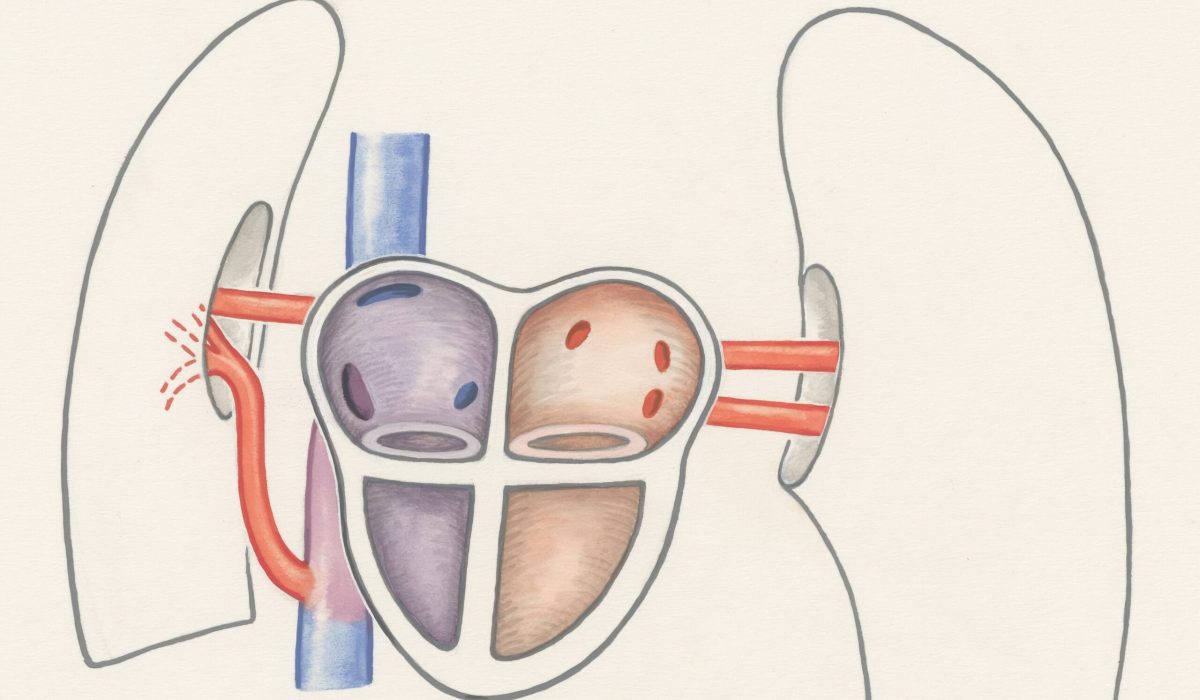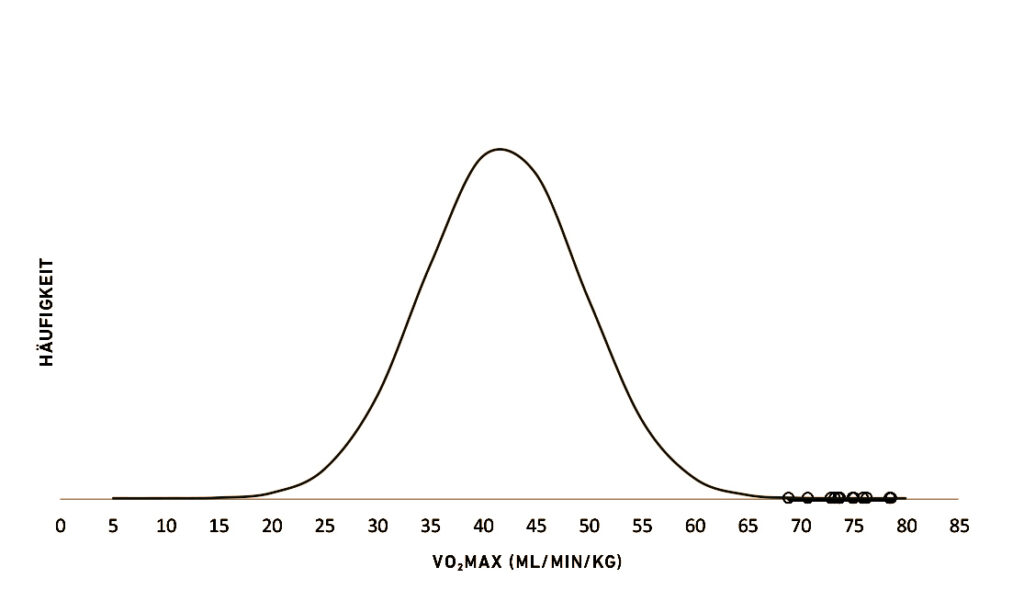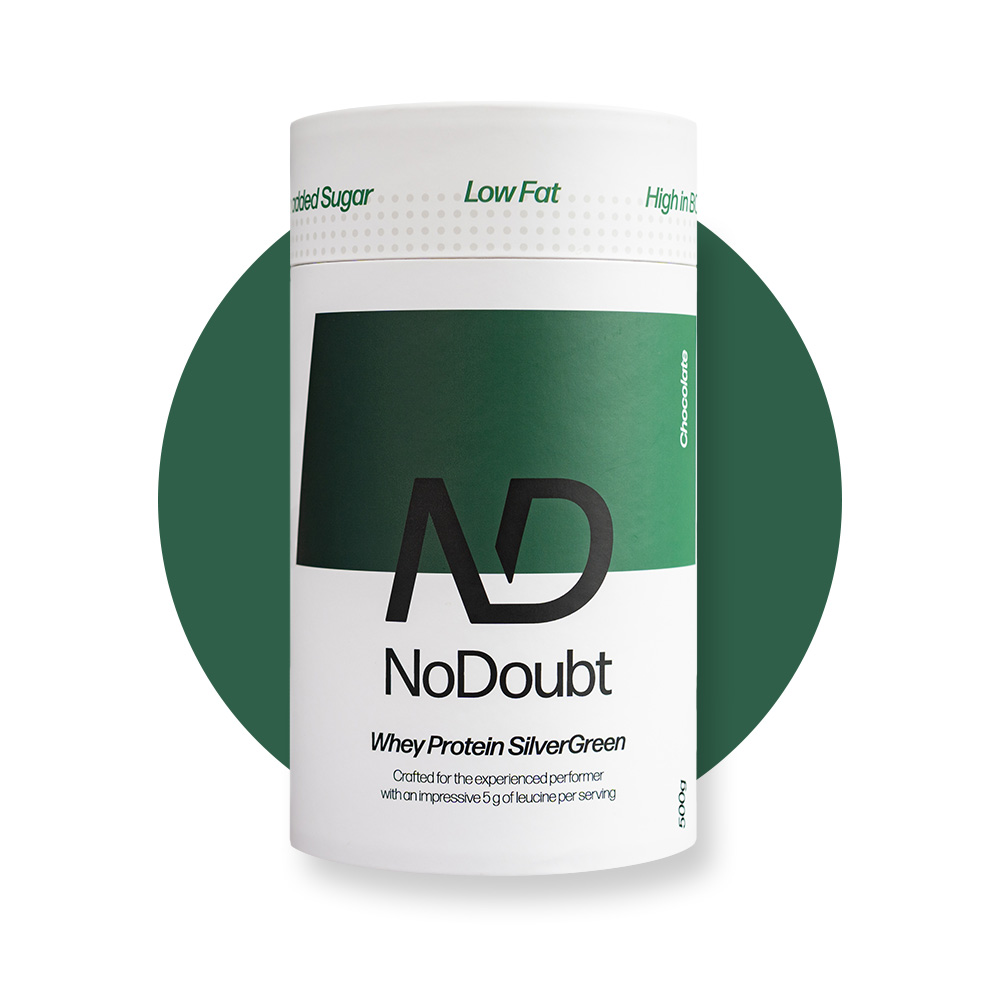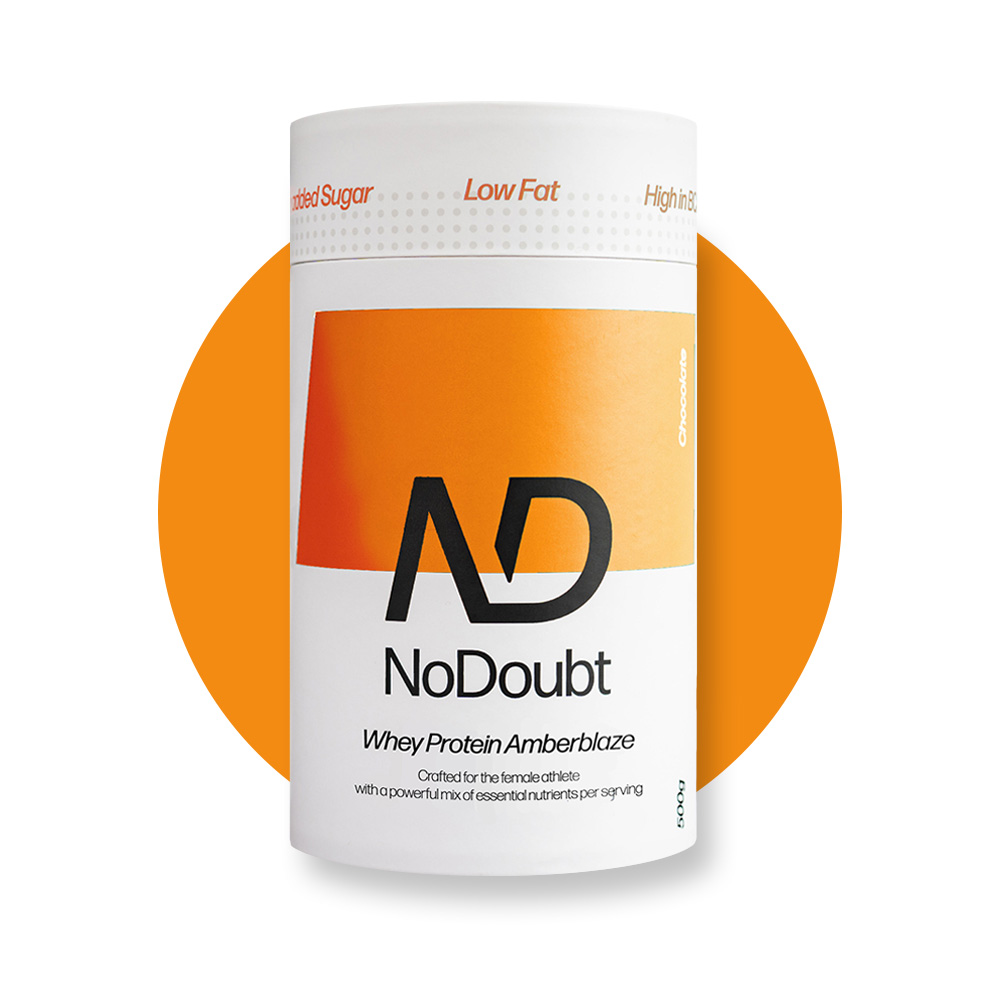In our last blog post, we looked at optimal nutrition for the upcoming Alpenbrevet, which takes place in just one week’s time.
Today we want to look at another crucial aspect for cycling enthusiasts: performance monitoring.
What is VO2max and Why is it Important?
VO2max measurement is one of the most critical metrics to assess your aerobic capacity. It represents the maximum amount of oxygen your body can absorb and utilize during intense exercise. Efficient oxygen usage directly impacts energy production, making you stronger and more enduring.
For professional cyclists, VO2max values often range between 70 and 85 ml/kg/min, while hobby cyclists typically score between 35 and 50 ml/kg/min. This metric reflects how effectively your heart, lungs, and muscles work together to transport and use oxygen. Regular VO2max measurements help you track progress, identify weaknesses, and optimize your training.
How to Measure Your VO2max with EngineCheck
Using EngineCheck to measure your VO2max is simple, flexible, and doesn’t require expensive lab tests. The platform uses scientifically designed test tracks to deliver accurate results.
Step-by-Step Guide to VO2max Measurement:
- Select a Test Track: Choose from 32 specialized tracks in Switzerland, each 1.3 to 1.5 kilometers long with a 10% gradient. Tracks are wind-sheltered, evenly paved, and ideal for performance measurement. Find details on www.enginecheck.ch or via Strava.
- Conduct the Test: Perform the test by riding the track at maximum intensity. Start with a flying approach to build speed before measurement begins. Ensure proper rest and preparation beforehand.
- Enter Your Data: Input ride time, body weight (including your bike), and air temperature into the EngineCheck app. If available, include your maximum heart rate. The app calculates your VO2max instantly.
- Use Your Results: Leverage these results to tailor training zones, design effective plans, and improve your cycling performance consistently
Common Mistakes Hobby Cyclists Make in Training
Many hobby cyclists remain stuck in the “gray zone” of training intensity, often referred to as the GA2 zone. This mid-intensity level is challenging but fails to push your body’s systems enough to achieve meaningful progress. Over time, this approach leads to plateaus, limiting both endurance and peak performance gains.
The Solution: Polarized Training
Polarized training divides your sessions into two distinct intensity zones:
By incorporating polarized training and regularly measuring your VO2max with EngineCheck, you can ensure every workout contributes to measurable progress.








